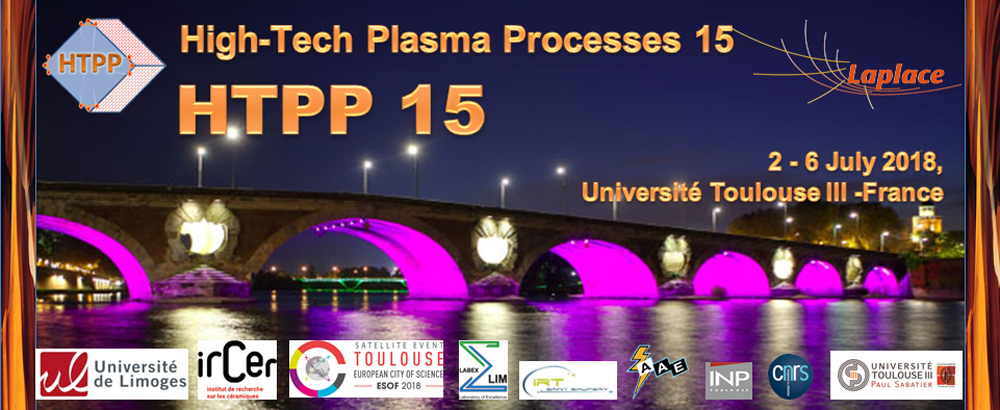Graphene films grown on copper substrate by chemical vapor deposition were exposed to the flowing afterglow of a reduced-pressure N2 plasma sustained by microwave electromagnetic fields (surface-wave plasma). Two set of conditions were examined by controlling the gas flow rate: the late afterglow (LA) characterized by high number densities of reactive N atoms and the early afterglow (EA) in which significant populations of metastable N2(A) states and positive ions (N2+ and N4+) coexist with plasma-generated N atoms. LA treatments of graphene films show monotonous and steady incorporation of nitrogen atoms along with very low damage. However, given the very mild LA treatment conditions, a large part of the N atoms remains weakly bonded to the graphene surface; a feature ascribed to the plasma-induced functionalization of airborne hydrocarbon contaminants. In such conditions, graphitic inclusion of plasma-generated N atoms is limited to native defect sites. On the other hand, the presence of highly energetic species in the EA induces significant damage combined with much higher N-incorporation. Detailed Raman analysis of EA-treated samples further reveals a transition from vacancy-type defects to much larger multi-vacancies with increasing treatment time. This complete set of data indicates that through a judicious control of the populations of reactive N atoms, metastable N2(A) states, and positive ions (N2+ and N4+), the flowing afterglow of microwave N2 plasmas represents a highly promising tool for precise, post-growth tuning of the defect generation and N-incorporation dynamics in graphene films.

 PDF version
PDF version
